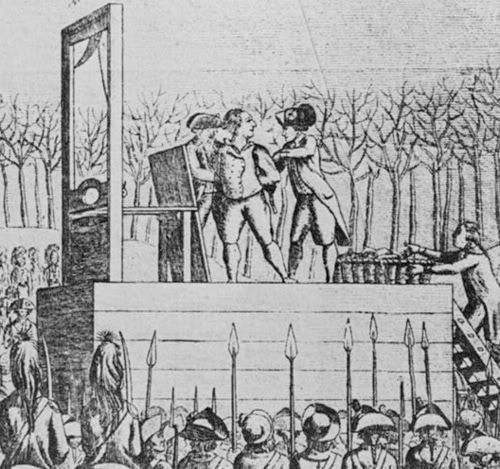
Hot Tea Grog
A spicy tea drink with cloves, rum and cognac. The brewed clove flavour and dark rum make this a bit of an exotic-tasting cocktail that is a big change from your same old drinks.Ingredients:
1 oz cognac
1 oz dark rum
1 cup brewed tea
Several cloves
1/2 tsp honey
Pinch of nutmeg
Preparation:
Heat tea and other ingredients together in a saucepan. Serve hot with a cinnamon stick.Irish Tea
There's Irish coffee, so why not Irish tea? And yes, it's just as simple with just some freshly brewed hot tea and a shot of good Irish whiskey.Ingredients:
1 tbs loose tea, or 1 tea bag
1 oz whiskey
1 oz milk or cream
1 tsp sugar
Preparation:
Brew tea in hot water for 3-5 minutes, then strain out tea. Add whiskey and other ingredients, then serve and enjoy.
Jaeger Tea
A simple cocktail with Schnapps, rum and a bit of orange juice. Though most of the flavour comes from the Schnapps and rum, you can really taste the addition of the black tea.Ingredients:
3 oz Schnapps
3 oz rum
6 oz water
Juice from one orange
1 tea bag (black)
Preparation:
Heat ingredients together in a saucepan until boiling. Let simmer for 5 minutes, and serve. Sugar to taste.Green Tea Tokyo
A minty green tea beverage, with white rum. Not too complicated a cocktail, but strong enough to suit any taste.Cook Time: 10 minutes
Ingredients:
2 oz white rum
1 tbsp honey
5 sprigs of mint
2 tbsp sugar syrup
6 oz hot green tea
Preparation:
Combine ingredients in a mug, and serve. If you want to strain out the mint, let it sit for 2-3 minutes before removing the sprigs.
Photograph by Ellen Easton©All Rights Reserved.
Gluhwein
A holiday favorite, mulled tea with red wine. A bit of spicy cloves and cinnamon make this a very sophisticated hot tea cocktail. An alternative to mulled cider.Ingredients:
250 ml strong tea
75 ml sugar
500 ml red wine
5 ml ground cloves
1 cinnamon stick
Rind of 1 lemon
Preparation:
Boil the tea, lemon rind, sugar, cinnamon and cloves together until the sugar dissolves. Add the red wine and bring to a boil. Strain out cinnamon stick and the rind. You may need to add more sugar, to taste. Serve with a slice of lemon.Enjoy!









